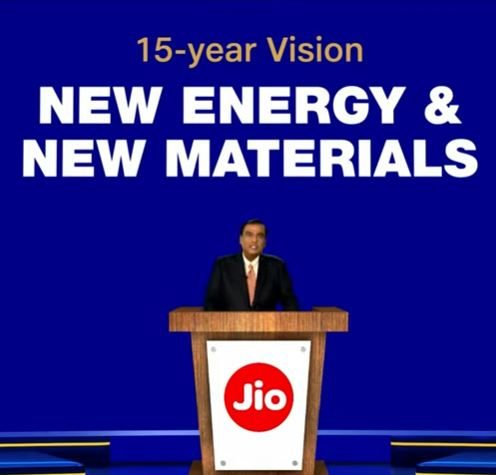

The 43rd AGM of Reliance Industries Limited, now India’s most valuable group, was notable for announcements in the group’s traditional fuels business, even as all the thunder was stolen by the announcements for the telecom and retail business.
The first was the confirmation by Group Chairman Mukesh Ambani that the deal with Saudi Aramco, where the latter was to invest $15 billion for a 20 percent stake in the petrochemicals business, was ‘deferred’ for now. He did not give any new timeline for the deal. This was the deal on the back of which Mr Ambani had promised to make the group debt free by March 2020. It is another matter that the group, once it realised that the deal was facing headwinds (made worse by the slowdown and the Corona pandemic impact from February), rushed to change its other fund raising plans. At least some part of the record fund raising (by any Indian firm in the same time) by the Reliance group can also be put down to the knowledge that the Aramco deal will not happen anytime soon.
The second key announcement by Mr Ambani’s was on the group’s plan to pivot away from transportation auto fuels to clean electricity and hydrogen as it set a target to become net carbon-zero by 2035. This is one of the most ambitious targets among oil majors globally, and hopefully signal astute foresight by the group chairman again. Currently, the country has a refining capacity of a little over 232 million tonnes, against the domestic demand of 194.2 million tonnes in fiscal 2017. According to the International Energy Agency, this demand is expected to reach 458 million tonnes by 2040. And the IEA’s past record on projections has been patchy at best.
The firm said that it use technology to convert carbon dioxide into valuable chemicals and other material building blocks.
“While Reliance will remain a user of crude oil and natural gas, we are committed to embracing new technologies to convert our carbon dioxide into useful products and chemicals,” he said at the company’s annual general meeting.
At its 1.36 million barrels per day Jamnagar refinery, Reliance already has a much higher 24 per cent conversion rate of ‘oil-to-chemicals’ currently, with the rest going for traditional fuels like petrol, diesel , aviation fuel etc.
Mr Ambani highlighted the substantial progress already made on photosynthetic biological pathways to convert carbon dioxide emissions at Jamnagar into high-value proteins, nutraceuticals, advanced materials, and fuels.
“We will develop next-gen carbon capture and storage technologies,” he said. “We are evaluating novel catalytic and electrochemical transformations to use CO2 as a valuable feedstock.”
Hydrogen powered fuel, the big bet we reported on for the European Community, is also part of the plan. The capital intensive venture meets all of Reliance’s criteria for entry. Size, Scale and impact. ” We will replace transportation fuels with clean electricity and hydrogen. We will combine our strengths in digital, power electronics, advanced materials and electrochemistry to build full-stack electrolyser and fuel cell solutions in India.”
The first unit of the Compressed Biogas Plant built by Reliance at the Peddapuram Industrial…
As Karnataka gains momentum in the direction of ‘waste to energy,’ the Mysuru City Corporation…
DCM Shriram Limited has announced that it has successfully commissioned a new Compressed Biogas (CBG)…
TKIL Industries has partnered with global biogas conglomerate KIS Group to advance the production of…
1. What is Awite and what does it have to offer to the Indian biogas…
The Indian Federation of Green Energy (IFGE) and the Embassy of Nepal have jointly organized…